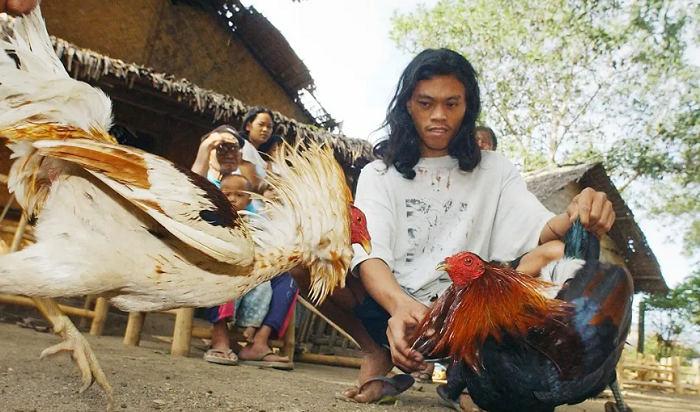Cockfighting in the Philippines: A National Obsession

Introduction:
Cockfighting, locally known as “sabong” in the Philippines, is more than just a pastime; it’s a cultural institution. Deeply rooted in the Filipino psyche, cockfighting has evolved from its ancient origins to become a national obsession, interwoven with history, tradition, and even religion. This article delves into the passion for cockfighting in the Philippines, tracing its historical roots, its socio-cultural significance, and the controversies surrounding it.
Historical Roots:
Cockfighting has been a part of Filipino culture even before Spanish colonization in the 16th century. Early Filipino tribes engaged in cockfighting not just for entertainment but also as a form of ritual, with spiritual significance. When the Spanish arrived, they documented this activity and, over time, further entrenched it within the socio-cultural fabric of the country.
Socio-Cultural Significance:
- Religious Connections: In many localities, cockfighting is linked with religious festivals. Some towns and villages integrate cockfighting events into their fiestas in honor of patron saints. It’s believed that the blood spilled during the fight serves as an offering.
- Economic Impact: Cockfighting is big business in the Philippines. From breeding gamefowl to constructing dedicated arenas (or “cockpits”), many Filipinos derive their livelihood from this industry. Betting during matches also involves significant sums of money.
- Social Bonding: Cockfighting serves as a social glue, fostering camaraderie among enthusiasts. It’s an event where people from various walks of life converge, discuss, and share their passion.
The Cockfighting Ritual:
A typical cockfighting match is a display of intense emotion, strategy, and, to some, artistry. Roosters, specially bred and trained for these battles, are armed with sharp blades affixed to their legs. The match lasts until one rooster is left standing. The atmosphere in the cockpit is electrifying, with spectators cheering, jeering, and placing bets.
Controversies:
Like bullfighting in Spain or fox hunting in England, cockfighting in the Philippines is not without its detractors:
- Animal Rights: The most significant contention surrounding cockfighting is the issue of animal cruelty. Activists argue that the sport is inhumane, subjecting roosters to unnecessary harm and suffering.
- Gambling Issues: With substantial amounts of money changing hands during matches, concerns about gambling addiction and its societal repercussions are prevalent.
- Legal Implications: While cockfighting is legal in the Philippines, it’s regulated. Illegal, unsanctioned cockfights, known as “tupada,” still occur, leading to clashes with law enforcement.
Conclusion:
Cockfighting in the Philippines is a mirror reflecting a nation’s collective soul. It showcases the Filipinos’ fervor, resilience, and deep-seated traditions. While controversial, its deep-rooted presence in the archipelago’s culture ensures that “sabong” remains a significant, albeit debated, aspect of Filipino identity. As with many cultural practices globally, it presents a juxtaposition of heritage and modernity, passion, and contention.









